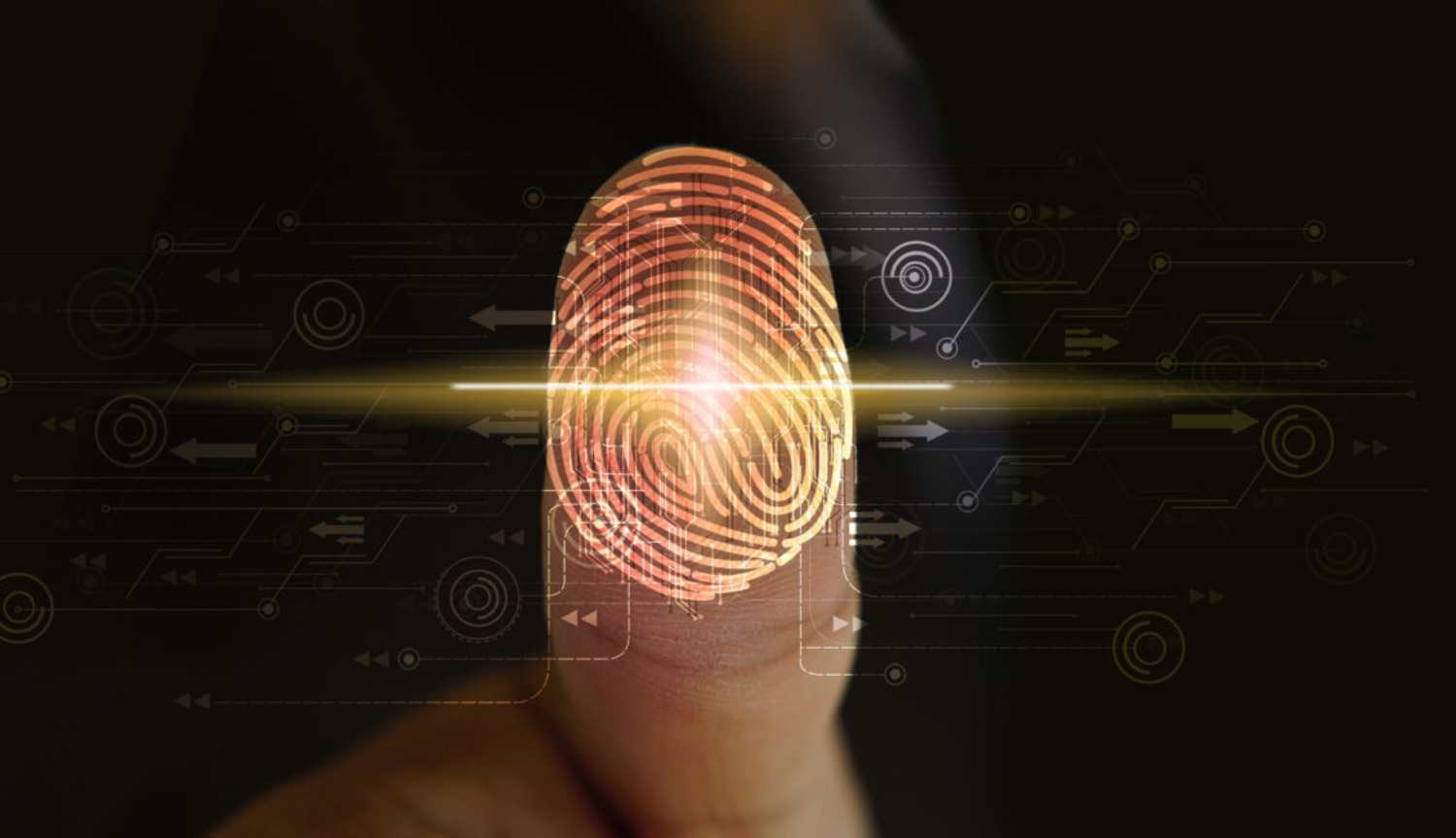
Today’s digital savvy customer expects to sign up and start using your products and services instantly. They also expect high security standards and that their personal information is protected.
With the right digital identity verification technology, you can meet their expectations and your business requirements while increasing trust and security. But there are numerous technologies, use cases, regulations and customer expectations that vary from country to country.
Effective identity verification also helps businesses meet regulatory standards, such as Know Your Customer rules or age verification requirements. With a quickly changing legal, social and technical landscape, it’s essential to understand how to meet present-day needs and adapt to future demands. Identity verification is a necessary process that ensures an individual’s identity matches the one that is supposed to be. Adding multiple layers of authentication to your current network through multi-factor authentication (MFA) can help enhance overall security. Customer experience is everything, and if it’s reinforced with the highest level of security, it’s the game-changer for any enterprise or public sector service provider. The traditional methods for verifying an identity solely rely on human verification measures that include comparing a person’s picture on a government-issued identity with the ones asking to avail certain services (online/offline).
Hope this post helps better understand what digital identity verification and authentication is, how it works, and the types of digital identity verification systems.
Posted by:Admin Posted on:09/03/21 03:10